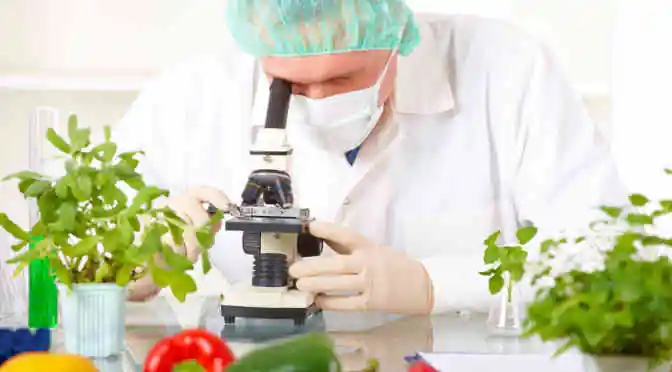Properties like high opacity, refractive index, resistance to discoloration, high UV resistance and photocatalytic capabilities have made titanium dioxide (TiO2) an integral ingredient in paints, varnishes, cosmetic products, fibers, and food products. Additionally, with the absence of any potential substitutes, the TiO2 market is growing at a steady pace.
Before moving into the demand and supply shifts in the TiO2 market, it is important to understand the key drivers of the industry.
The first key driver of the global TiO2 market is the growing number of construction projects occurring around the globe. The APAC region in particular has witnessed significant investment in construction activities, most notably in India, China and Indonesia. Construction projects have in turn fueled the demand for paints and coatings. This development has significantly affected the growth of the TiO2 market.
The growth of the packaging industry and the increased use of lightweight automobiles are other major drivers of the global TiO2 market.
Now getting to the subject of demand-supply shifts – the drivers mentioned above play a critical role in the industry, as the TiO2 market is directly dependent on end-user industries such as paints and coatings, paper, and plastics, which account for about 80% of the global TiO2 consumption. With these industries poised to grow at a CAGR of 5% to 5.6% in the next four years, the TiO2 market will also witness similar levels of demand. The personal care market is yet another industry in which there is an increased demand for TiO2 coatings. In the case of sun care products, the use of ultrafine TiO2 is required.
When it comes to the supply side market, analysts at Technavio found that the global supply market for TiO2 is a highly consolidated one with the top four suppliers accounting for about 65% of the global market and Chinese suppliers accounting for more than 20% of the share. In fact, 2015-2016 witnessed a price increase of TiO2 due to growing demand and increase in raw material, energy, and transportation costs. When it comes to manufacturing, about 53% of suppliers utilize the chloride process. The remaining 47%, mainly based in developing economies such as China, utilize the sulfate process to manufacture TiO2. The top suppliers are using proprietary manufacturing technology in order to enhance the quality of TiO2 to meet the growing quantitative and qualitative demand from the end-users.
With the preferential shift towards the chloride process, a number of manufacturers in emerging economies have switched to greater investment in infrastructure, in spite of the entire process being expensive and controlled by the top suppliers in the market. Thus, the demand-supply chain in the global TiO2 market is a highly competitive one, with all of the major suppliers investing aggressively in R&D activities as well as making use of the latest technology to develop cost-effective products. At the same time, the market is accommodating enough for the emerging economies to innovate and tackle the competition by their own means on a global scale.
To learn more about where the TiO2 market is headed:
Order the 2017 Procurement Market Intelligence Report on the Global TiO2 Market
You might also like to read:
The 2016-2020 Report on the Global Titanium Ore Mining Market
The 2016-2020 Report on the Global Titanium Dioxide Nanomaterials Market



